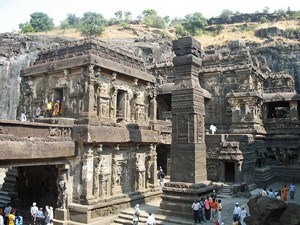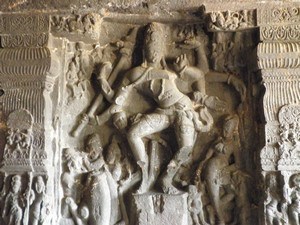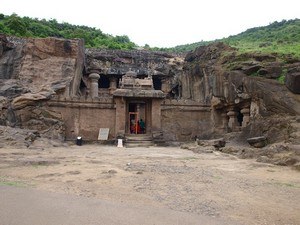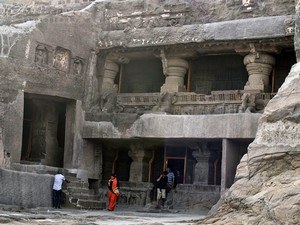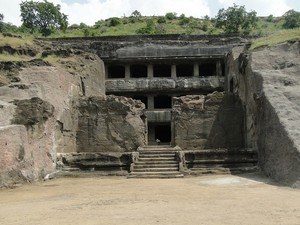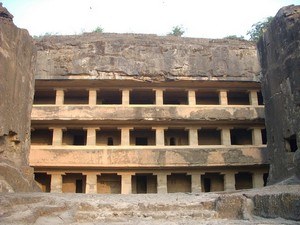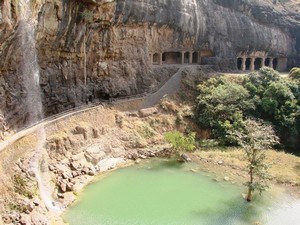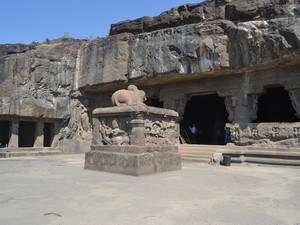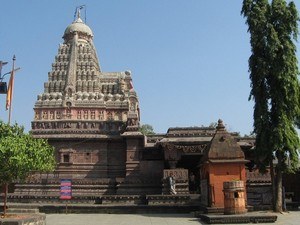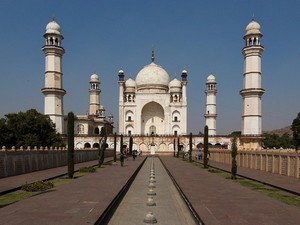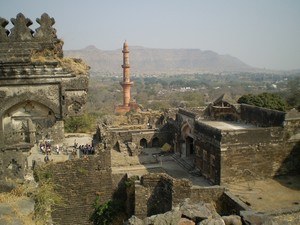Cave 10 / Viswakarma Cave, Ellora Caves - Timings, History, Architecture, Best Time to Visit
 #3 of 22 Places to Visit in Ellora Caves
#3 of 22 Places to Visit in Ellora Caves
 Distance (From Ellora Bus Station): 0.6 Kms
Distance (From Ellora Bus Station): 0.6 Kms
 Trip Duration (Including Travel): 15 Mins or Less
Trip Duration (Including Travel): 15 Mins or Less
 Place Location: Beside Cave 9
Place Location: Beside Cave 9
 Transportation Options: Walk/Trek
Transportation Options: Walk/Trek
 Travel Tips: None
Travel Tips: None
At a distance of 600 m from Ellora Caves Bus Stop and 500 m from Kailasa Temple, Cave 10, also known as Viswakarma Cave is situated beside Cave 9 and is the most famous of all the Buddhist Caves in Ellora.
The Viswakarma Cave is also locally known as the Sutar-ka-jhopra (Carpenter's hut). The local carpenters visit the cave frequently and worship Buddha as Viswakarma, the patron of their craft. This is the only chaitya in these series of caves, constructed around 7th century AD.
This cave is one of the most magnificent caves in Ellora. The cave is entered through a gate, cut in the natural rock, which leads into a courtyard, with cells on both sides arranged in two storeys. Through the courtyard, one reaches the shrine of Lord Buddha, a typical chaityagriha. The chaitya once had a high screen wall, which is ruined at present. The shrine is 81 feet long 43 feet wide and 34 feet high. The hall is divided into a nave with side aisles by 28 octagonal pillars, each 14 feet high.
At the far end of the cave stands a huge stupa nearly 27 feet in height and 16 feet in diameter. It has simple circular base, hemispherical dome and a square capital. Typical to a Mahayana construction, it has a large frontispiece nearly 17 feet in height attached to it, on which a11 feet colossal Buddha seated in a preaching pose. A large Bodhi tree is carved at the back. The hall has a vaulted roof in which ribs (known as triforium) have been carved in the rock imitating the wooden beams. Even the wooden pins at the joints of beams and lintels are imitated in stone. The friezes above the pillars are Naga queens, symbolic of the monsoon, as well as dwarfs as entertainers, dancing and playing musical instruments.
Timings: 6 AM to 6 PM on all days except on Tuesdays.




